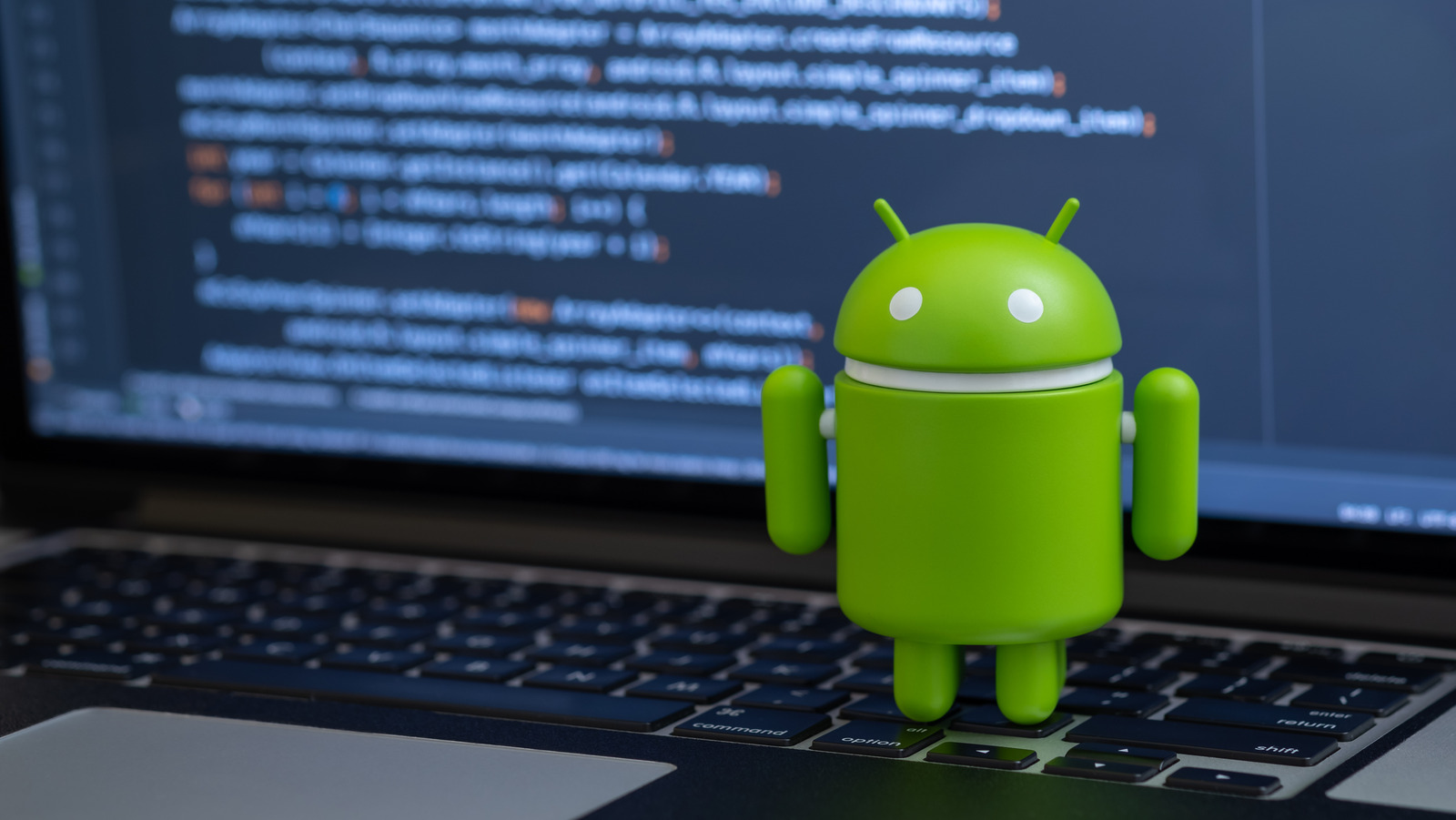Everything You Need To Know About Running Android Apps On Windows 11

If your machine is running Windows 11, it is also compatible with the Android Subsystem. But it has to be a recent build of Windows 11 — build 22000.593 or up (via Microsoft). You also have to enable virtualization, Virtual Machine Platform (VMP), and Windows Hypervisor Platform (Hyper-V).
Virtualization allows your computer to layer a virtual device on top of Windows 11. Most modern PCs have virtualization enabled by default (via Microsoft). Check if it’s already enabled for you.
If not, you’ll need to shut down your machine, enter the BIOS or UEFI utility, and manually toggle on virtualization. The step-by-step varies between manufacturers; consult the user manual for your computer if you can’t access the correct settings.
To check if virtualization is already enabled:
1. Press Ctrl + Shift + Esc. Or, search “task manager” in the Start menu.
2. In the Task Manager, switch to the Performance tab.
3. Select CPU.
4. You’ll find all the CPU specs grouped at the bottom.
5. Note if it says “Enabled” next to Virtualization.
Next, search Windows Update and make sure you’re on the latest version. Then open the Microsoft store, select the Library tab, and click Get Updates.
Now turn on the virtualization features in Windows 11.
1. Click Start and enter “windows features”.
2. Click Turn Windows features on or off.
3. Toggle on Virtual Machine Platform and Windows Hypervisor Platform.
4. Restart your PC.
For all the latest Games News Click Here
For the latest news and updates, follow us on Google News.
